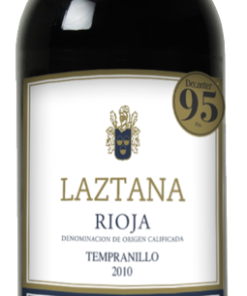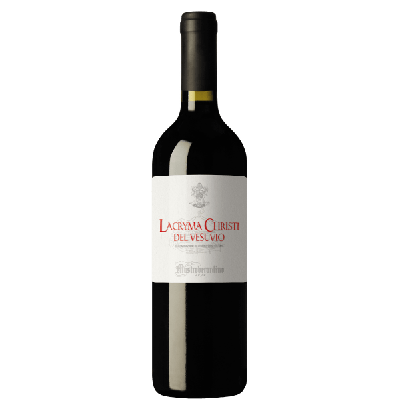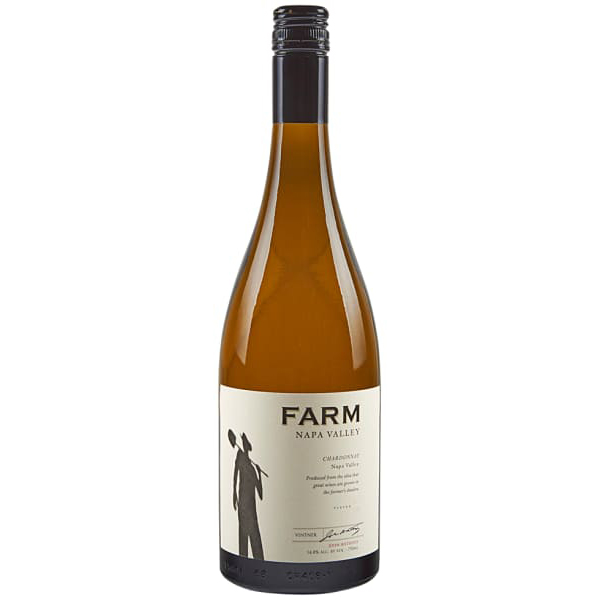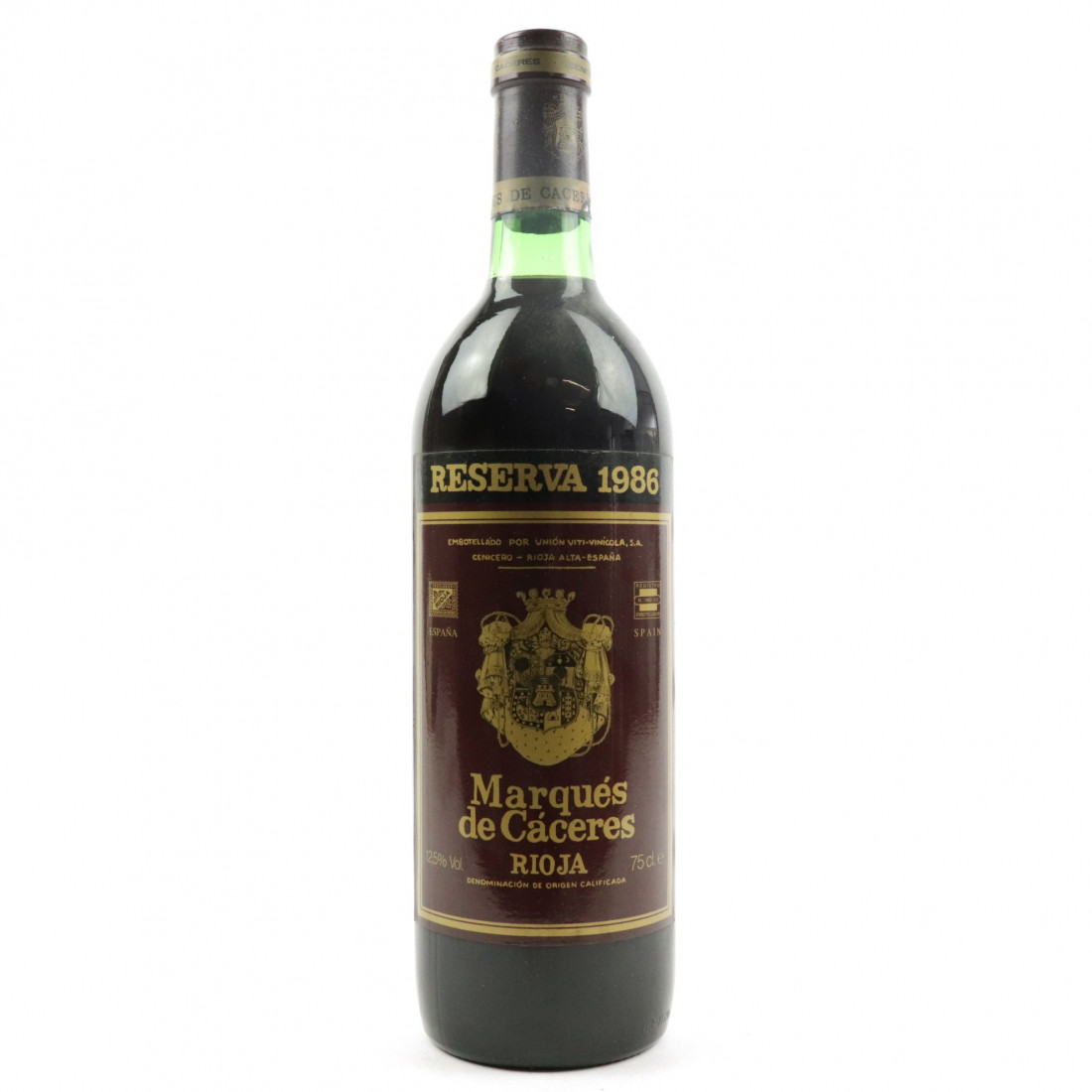-
×
 2018 Laztana Reserva Rioja 750ML
1 × $17.99
2018 Laztana Reserva Rioja 750ML
1 × $17.99
2019 Mastroberadino Lacryma Christi Red
2019 Mastroberadino Lacryma Christi Red, Campania, Italy
Tasting Notes; Ruby red. Aromas of cherries, plums, raspberries, and black pepper. Refined, light tannins and bright acidity make this a lifting, fruity wine. Pair with salumi, tomato and meat-based sauces and pizza Margherita.
Piedirosso is an ancient, black-skinned grape variety found throughout Campania, Italy. It was very widely planted in the 19th Century following the phylloxera crisis, but has since suffered a decline. Today, the trend is slowly being reversed with producers returning to the grape, albeit predominantly as a blending partner for Aglianico and Olivella.
Piedirosso means “red feet” in Italian, and is named as such because the stem is made up of three branches and is russet colored making the vine resemble a dove’s foot. This also explains some of the variety’s other names Palombina, meaning “little dove” and Pere’e Pallummo, meaning “dove’s foot”.
Vesuvio’s vineyards are found on the slopes of the still-active volcano Mount Vesuvius, east of Naples. For years the area was regarded as incapable of producing any quality wines but, thanks to the influence of the highly regarded winemaker Antonio Mastroberardino, quality is on the up and the wines have taken off in popularity. This was recognized when Vesuvio was awarded its DOC status in 1983.
Mastroberardino is an Italian wine producer known for championing the local varieties of Campania, and for its part in several of its sub-regions gaining DOCG status. It is most famous for its Aglianico-based wines made under the Taurasi DOCG, but makes a wide range of wines from across the region.
The estate’s history began in the mid 18th century in Avellino when it was founded by Pietro di Berardino, but it was in 1878 when it was officially founded as a winery by Angelo Mastroberardino. Since World War II, Mastroberardino has grown in size and has become most influential winery in the Campania region, accounting for more than half of the region’s production for much of the 20th Century, and at one point more than 90 percent of the Taurasi DOCG production. The modern winery produces roughly 150,000 cases annually.
Related products
$21.00
2019 Umani Ronchi San Lorenzo Rosso Conero 2019 Umani Ronchi San Lorenzo Rosso Conero Has a brilliant ruby red color with garnet tints. The nose is sweet, predominantly fruity, with typical notes of morello cherry. Rich and pulpy in the mouth, flavourful and pleasantly harmonious, with silky tannins. The long finish is austere and intensely [...]



